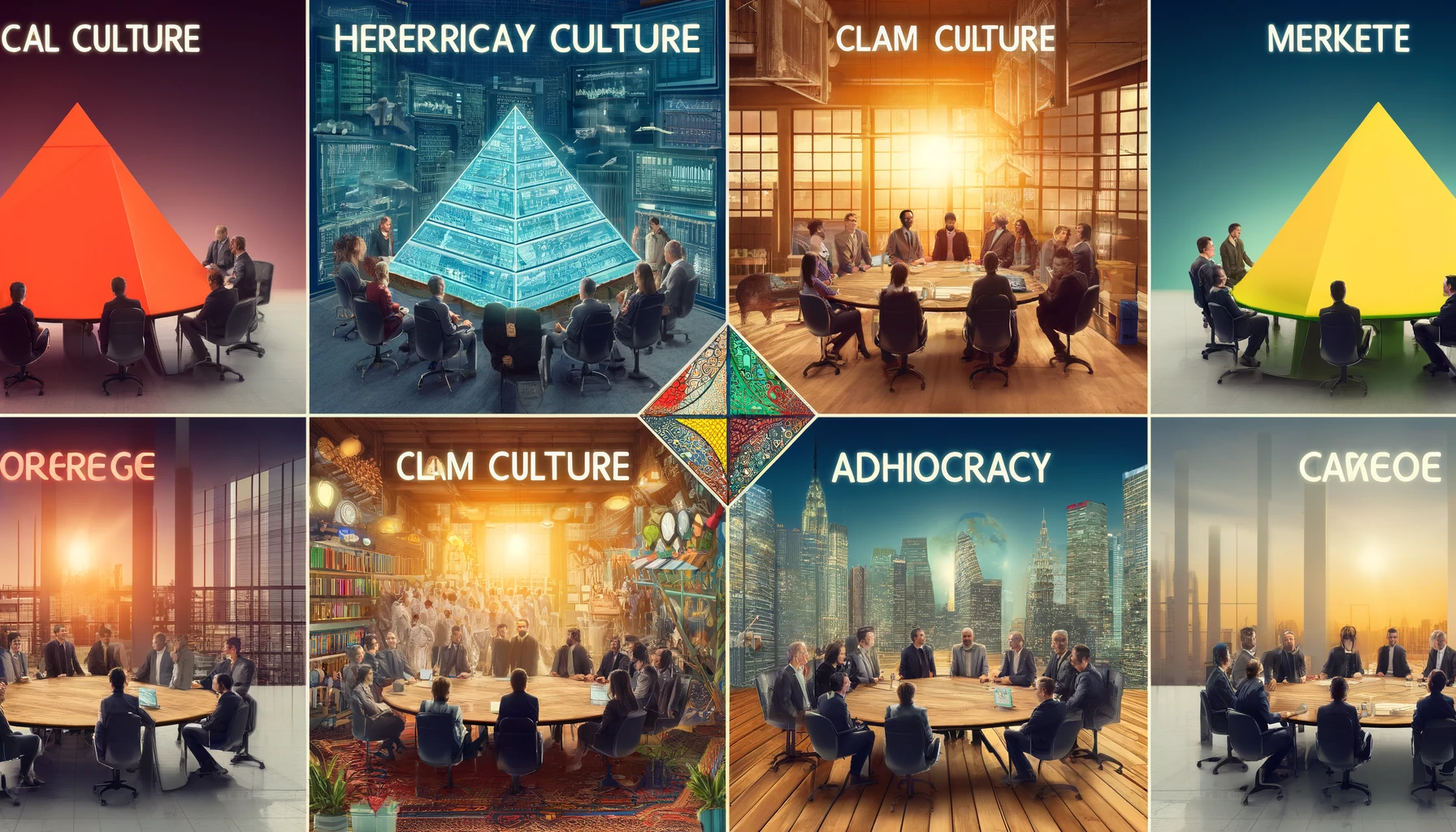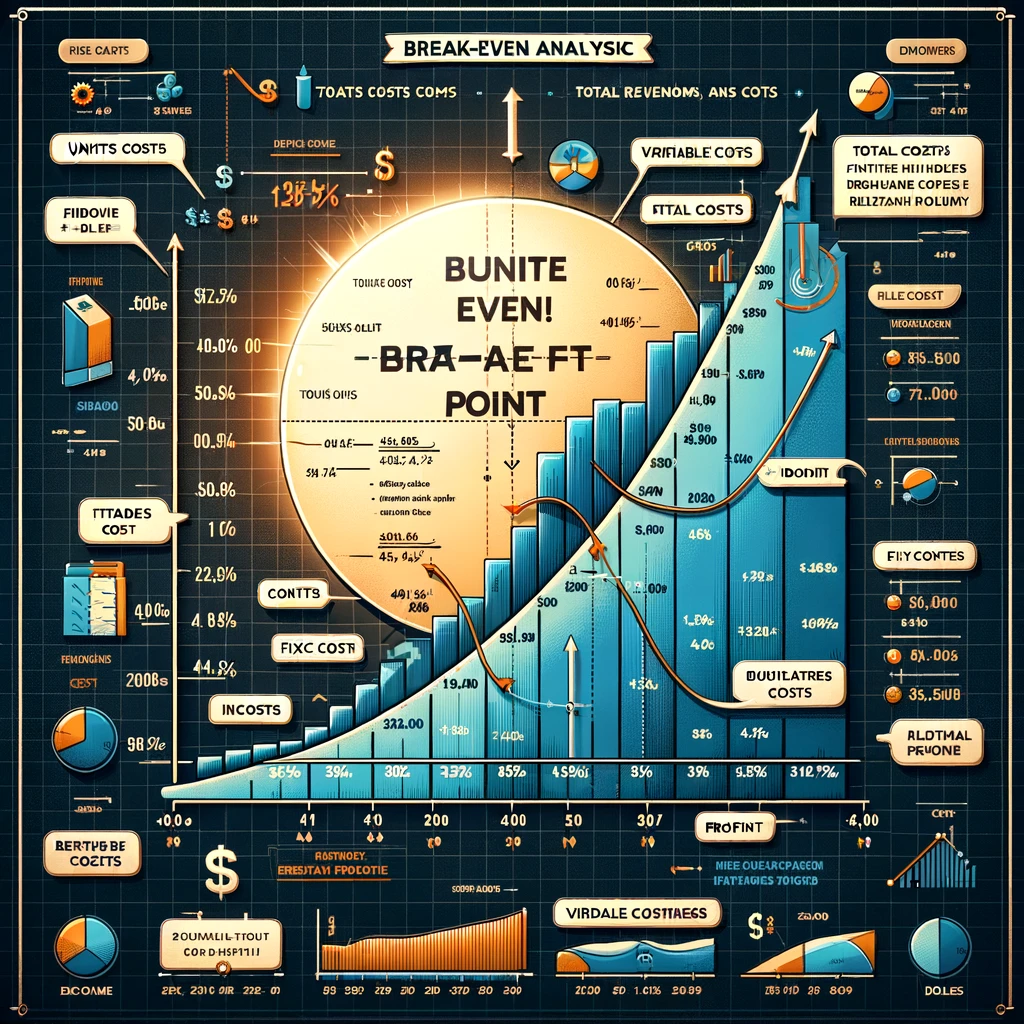Product
- Companies can give 360° views of a product.
- Comment sections help to boost the reliability of a brand.
- Interactive websites can allow for customisation of products.
Price
- Price transparency is much higher as you can just look at other websites for comparison products.
- Without physical stores and workers, many fixed costs are reduced.
Promotion
- Many companies use web banners to advertise on other websites.
- Social media marketing.
Place
- There is less spent on a physical store.
- This can be slightly impersonal and might stop buyers from buying.
The integration of technology into the e-commerce marketing mix has revolutionized how businesses approach their strategies for engaging consumers, optimizing operations, and enhancing the overall shopping experience. The traditional marketing mix, often encapsulated by the Four Ps (Product, Price, Place, and Promotion), has evolved significantly with the advent of digital technologies, giving rise to a more dynamic, interactive, and customer-centered approach in the e-commerce landscape. Here’s an in-depth look at how technology influences each component of the e-commerce marketing mix, along with industry-level examples.
Product: Customization and Digital Offerings
Technology Integration: Advances in technology have enabled businesses to offer personalized products and services, catering to individual customer preferences and needs. Digital products, such as software, e-books, and online courses, have become prevalent, offering instant delivery and access.
Example: Nike’s NIKEiD service allows customers to customize their sneakers online, choosing colors and materials to create a personalized product. This level of product customization enhances customer engagement and satisfaction, leveraging technology to provide a unique value proposition.
Price: Dynamic Pricing and Transparency
Technology Integration: E-commerce platforms utilize dynamic pricing algorithms that adjust prices in real-time based on supply, demand, competitor pricing, and customer behavior. Technology also fosters price transparency, enabling consumers to easily compare prices across different platforms.
Example: Amazon employs dynamic pricing, adjusting prices on millions of products throughout the day based on an analysis of market conditions and competitor pricing. This strategy ensures competitive pricing, helping to attract price-sensitive customers.
Place: Omnichannel Distribution and Digital Marketplaces
Technology Integration: The concept of ‘place’ in the digital era transcends physical location, encompassing omnichannel strategies that integrate various sales channels for a seamless customer experience. Digital marketplaces and direct-to-consumer (D2C) platforms extend the reach of businesses globally.
Example: Alibaba, a global e-commerce giant, operates as a digital marketplace connecting buyers and sellers from around the world, transcending traditional geographical limitations and offering an extensive range of products across different categories.
Promotion: Digital Marketing and Social Media Engagement
Technology Integration: Digital marketing tools and social media platforms have become central to promotional strategies in e-commerce. They allow businesses to target specific demographics, track the effectiveness of marketing campaigns in real-time, and engage with customers directly.
Example: Fashion retailer ASOS leverages social media platforms like Instagram and Pinterest not only to promote its products but also to engage with its customer base through user-generated content, influencer partnerships, and interactive campaigns. This approach enhances brand visibility and drives traffic to its e-commerce platform.
Technology as the Fifth P: Platform
Some argue for the addition of a fifth P – Platform – highlighting the importance of the technological platform itself in the e-commerce marketing mix. The platform encompasses the website or app through which e-commerce transactions are conducted, emphasizing the need for user-friendly design, reliability, and security.
Example: Shopify provides businesses with a comprehensive e-commerce platform that includes website creation tools, payment processing, and inventory management, all designed to be user-friendly and efficient. Shopify’s platform enables small to medium-sized businesses to establish and grow their online presence with minimal technical expertise.






